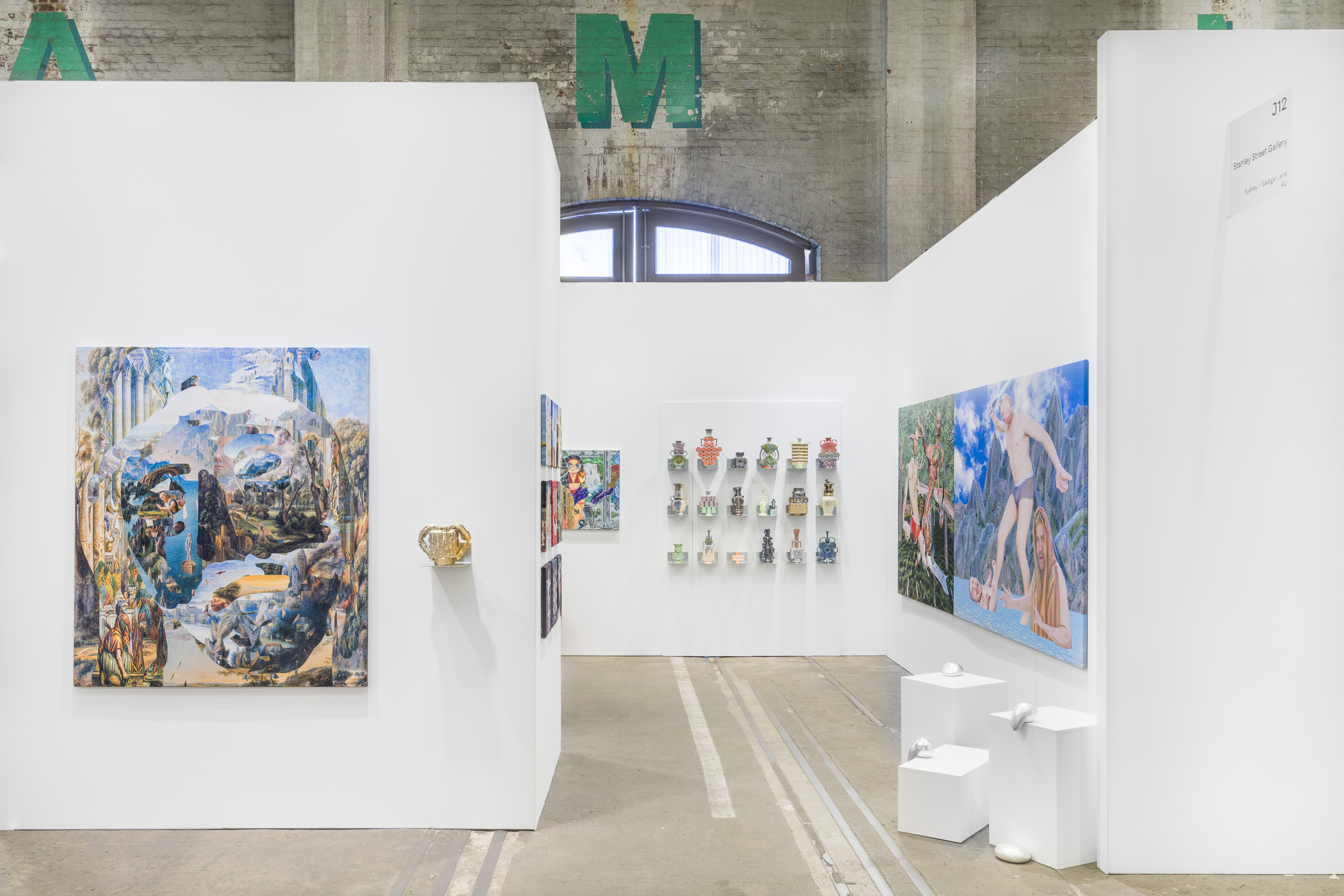
Stanley Street Gallery presents Jacquie Meng, Jackson Farley, Shaun Hayes, Gretal Ferguson, Toni Messiter and Victoria Mcintosh (NZ). This presentation explores surreal evocations against the folds of internet culture, diaspora, materiality and gender constructs.
As a Chinese-Australian woman, Jacquie Meng’s paintings offer a distinct perspective on culturally - mixed lived experience in so-called Australia.Traversing cultural and geographic diaspora both online and offline, her intricate tableaus are grounded in ritual, friendship and IRL day-dreaming that rein in the dizzying whirlwind of internet visual culture powerfully asserting her voice through what she sees and imagines. 'The works I am presenting at Sydney Contemporary 2024 explore identity and self portraiture through unconventional means; such as the migration of objects through time and space, and the body, and traditions of mapping. I am interested in the way mythologies and traditions interact with landscapes, both real and imagined. I am inspired by my lived experiences: patterns and tiles I’ve encountered, objects I've inherited or come across, thoughts and scenarios I have imagined on a lazy morning.'
In concurrence, Jackson Farley bleeds into his own virtual subconscious, expanding previous figurative print works with collage, poetry and AI software to craft hyper-fake universes that interrogate the effects of technology on self-image and modes of portraiture. 'This new body of work is exploring our collective self through the lens of the artist's very selfish self! The works are a hyper-yuck renaissance resurgence that see accepted forms fragmented, repurposed, collaged, put back together and then broken once more.' Thank god for the power of AI to give the artist some abs where needed! Jackson becomes his own muse in these works while cautiously navigating the AI landscape.
Beyond the canvas, the humorous work of Shaun Hayes re-imagines everyday plastic packaging with ceramic and glaze technology. Hayes contemplates the nature of today’s throwaway society and using seemingly unimportant, everyday objects, humorously highlights the importance of being more conscious of of the enduring impact waste has on the environment. 'My work serves as both a critique and a celebration of material culture. It challenges us to reevaluate our relationship with objects and the environment, reminding us that ultimately material hierarchy holds no sway. In the end both plastics and ceramics refuse to break down and return to the earth, serving as enduring reminders of our disposable habits.'
Meanwhile, the sculptures of silversmith Gretal Ferguson escape the plinth, evoking bodily presence and power to reassert the future of the molten practice in contemporary art. 'Escape Artists' is a new series premiering at Sydney Contemporary that explores what happens when the intrinsic value of an objects’ material is seen to be more precious than the centuries of tradition involved in its creation. Throughout history metalwork has been melted down to create new objects or be hoarded in bank vaults, only seeing value in the material itself and not the artisans that carry on these skills to work it. We are in danger of the craft escaping us completely. This new work questions the future of silversmithing in contemporary Australia. Raised and formed to resemble the metal in its molten pre-worked state, the laboriously hammered objects are left blank and without function, suggesting the growing absence of skills required to rework it.
Following this line of material investigation Aotearoa queer artist Victoria McIntosh engages in the history and storytelling of domestic objects, presenting an intriguing perspective on gender constructs. 'Foundation garments' are created with the express purpose to shape and control the body so there seems no more fitting material to form part of an ongoing exploration into the social expectations and ideals around body image and autonomy. Foundation garments are created with the express purpose to shape and control the body so there seems no more fitting material to form part of an ongoing exploration into the social expectations and ideals around body image and autonomy. My studio is awash with shades of beige in every manmade fibre imaginable. My response remains the same with each new discovery – one of discomfort and unease and yet I am still drawn to them.'
Drawing from the aesthetics of 18th Century portraiture and in particular, familial portraits, Toni Messiter’s paintings embody modern baroque haunting. There is a stylistic affinity for theatrics which dramatically unfold as ruminations on human psychology and subconscious; presenting subjects that border upon absurdity and delight, provocation and enchantment. For her new series Don’t Let Her In, the works embrace and celebrate girlhood and rebellion, depicting fragments of memory, characters and episodes of my past. 'I am inspired by classical painting and portraiture, feelings of ambiguity, light and shadow. I am particularly interested in enigmatic compositions, raising questions between reality and illusion and creating a sense of uncertainty between the viewer and the figures depicted. I am interested in this dialogue of ‘who is looking at who’ between the audience and the painted subjects, which for me is tied up in my own reflection of my past; of me looking at these characters I’ve painted, and their gaze looking back at me.'
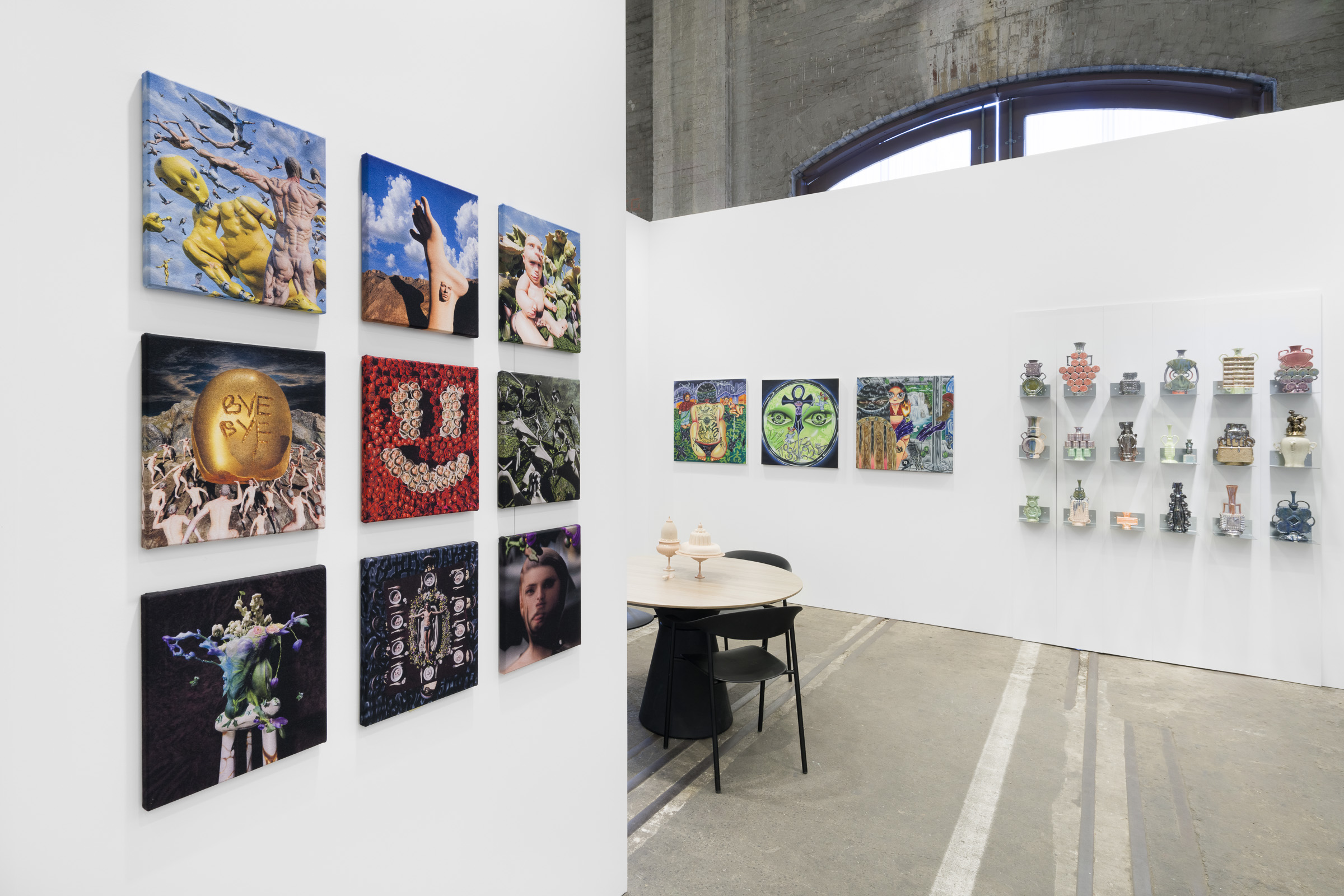
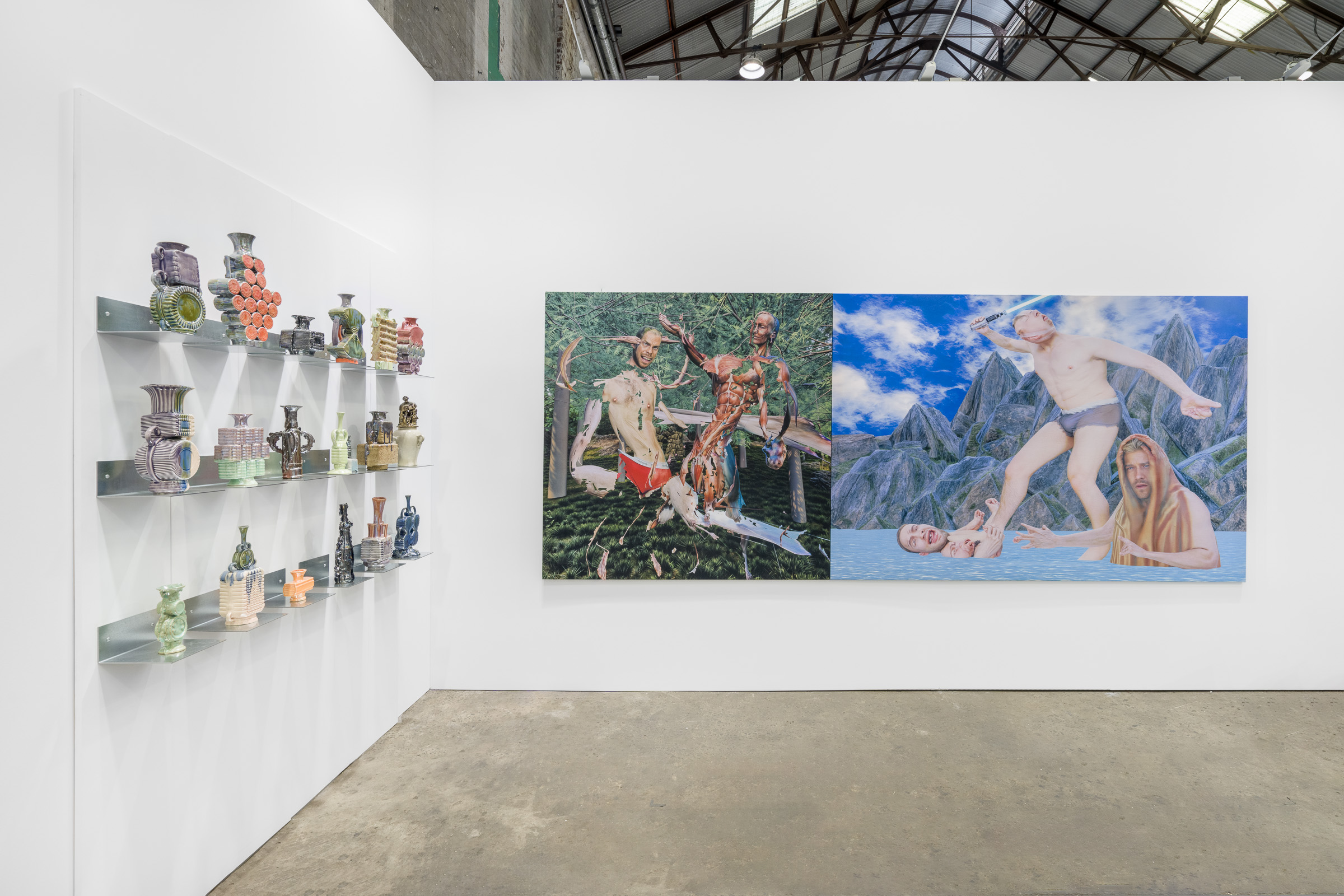
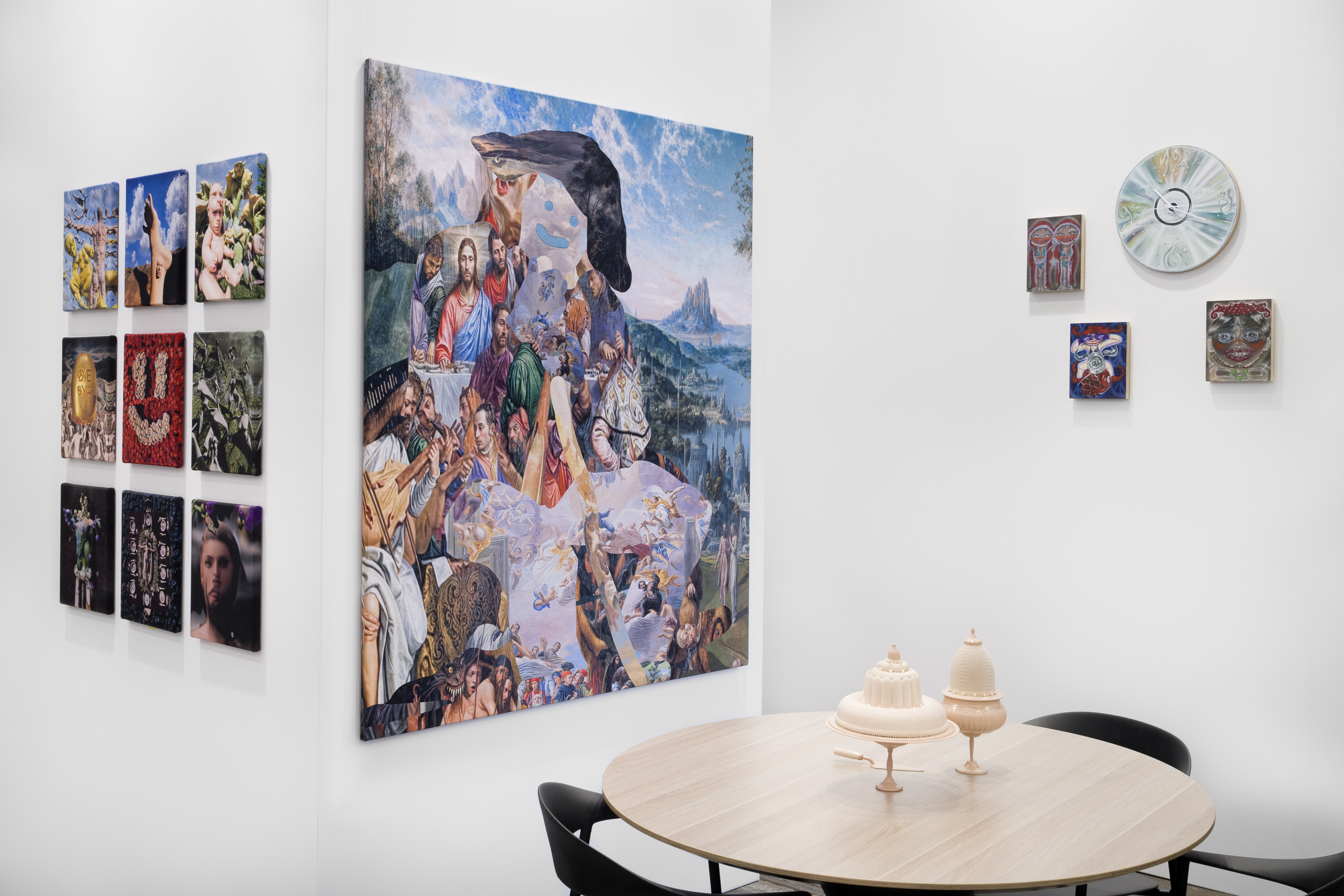
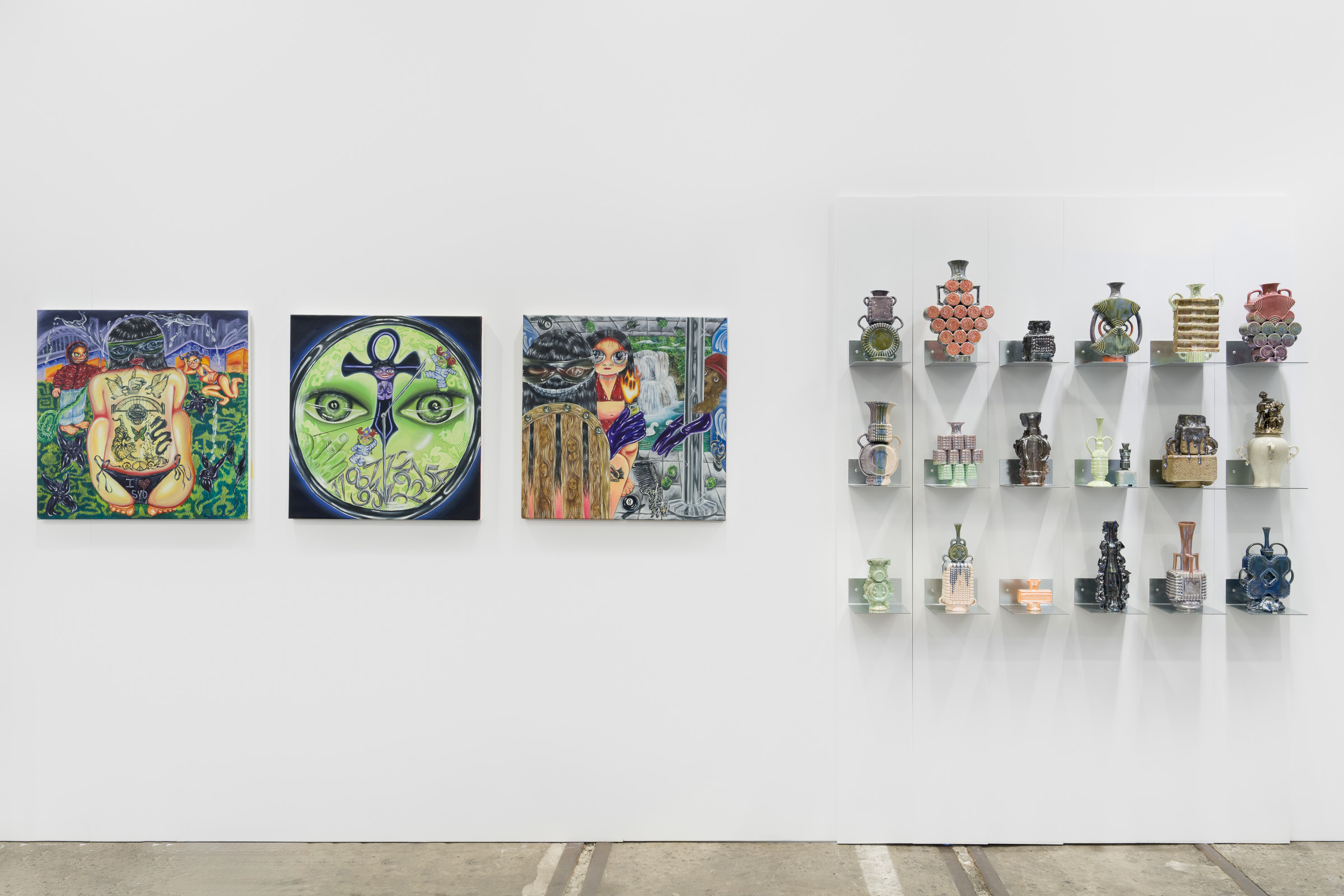
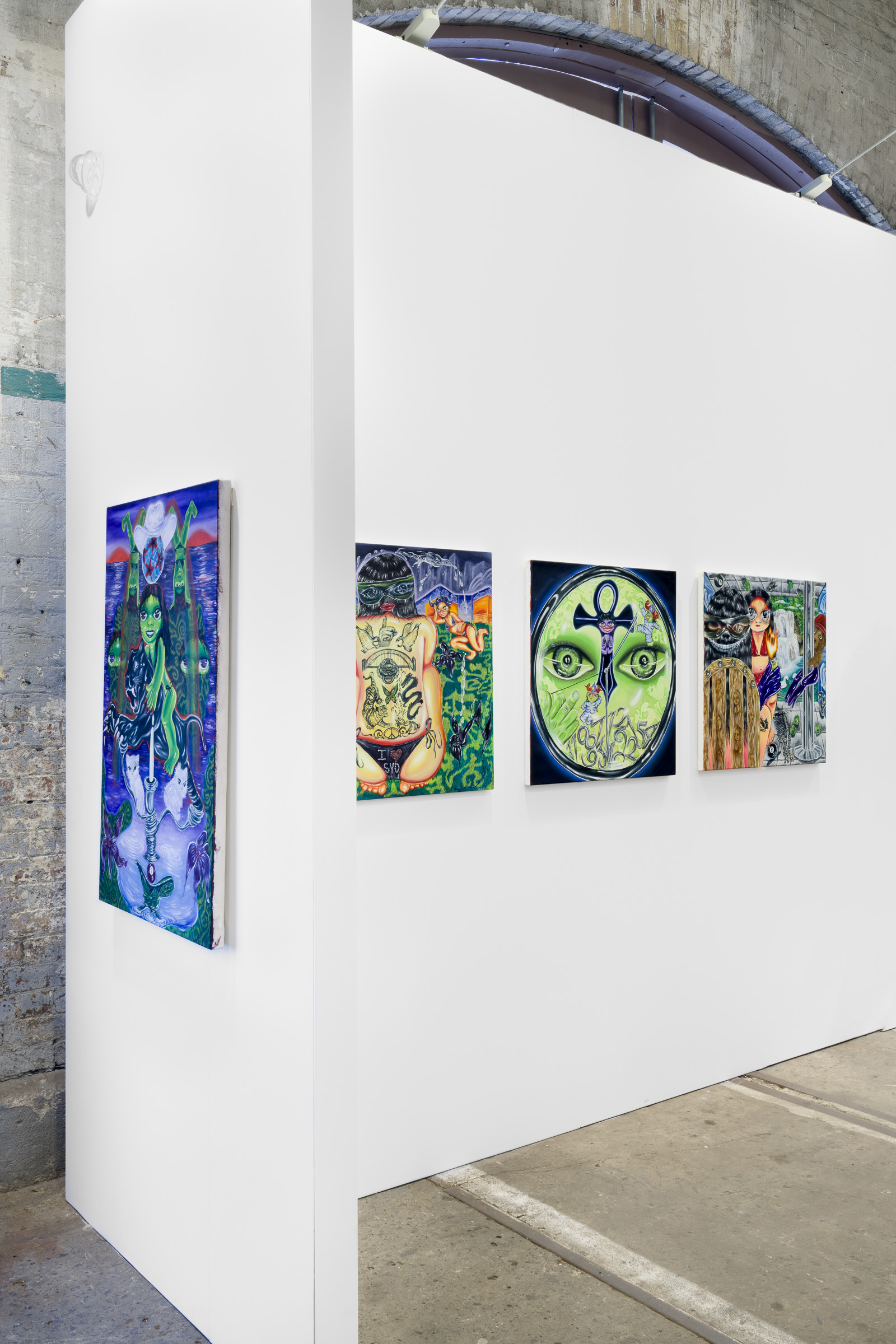
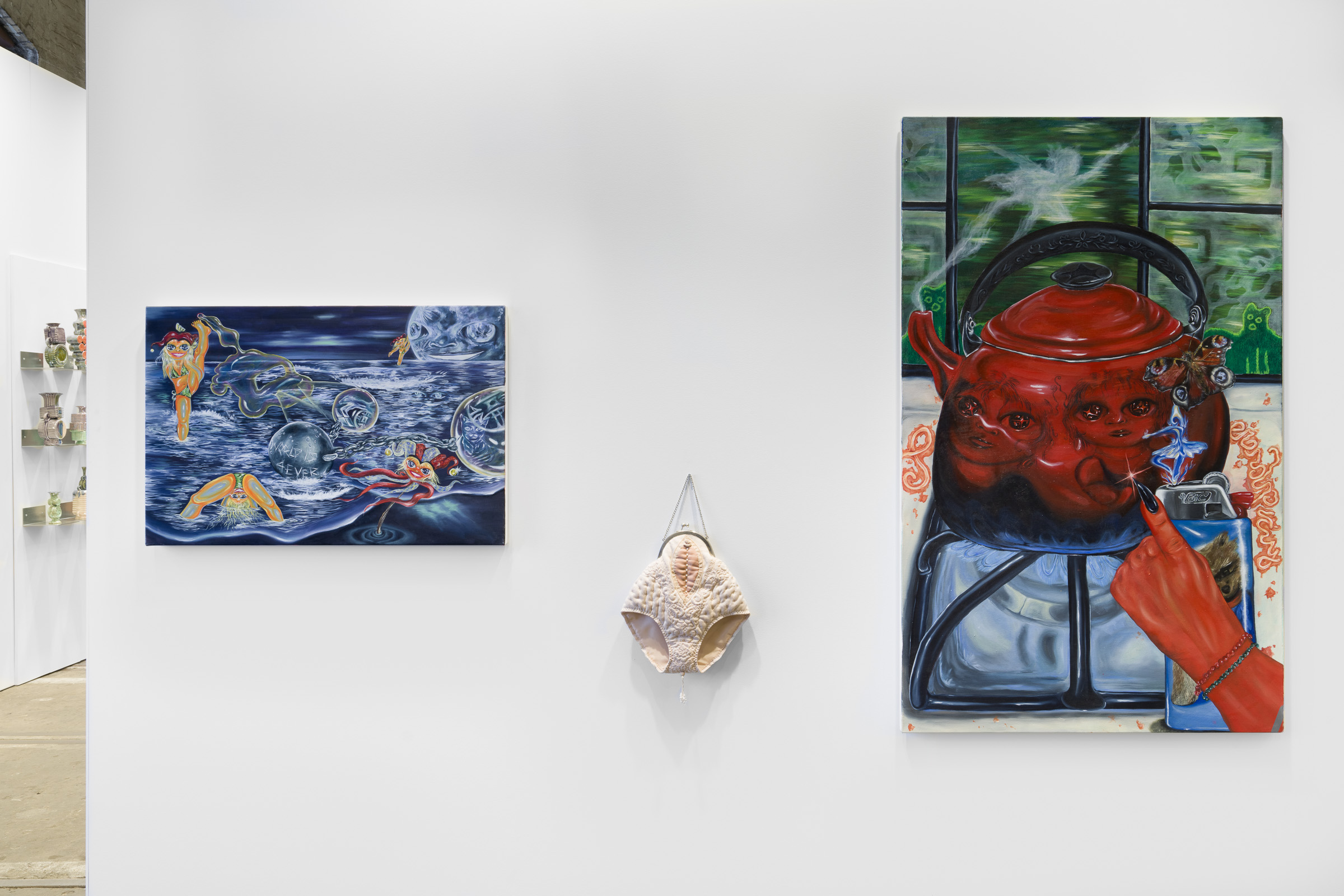
Installation images by Docqment
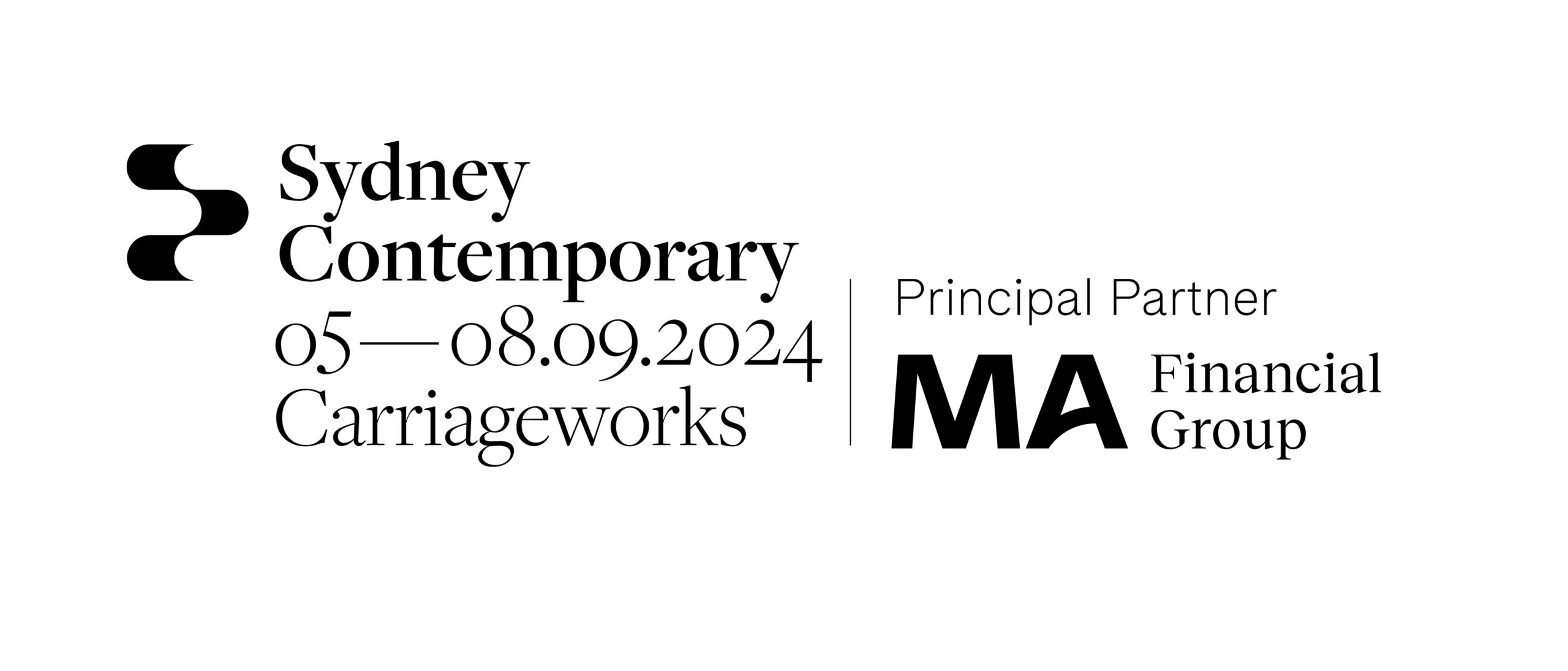























































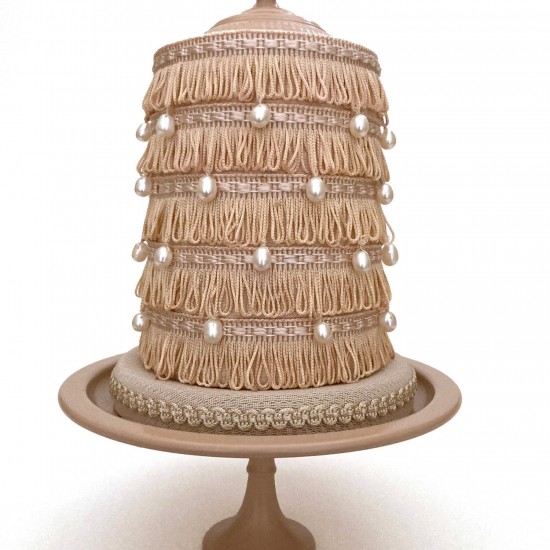
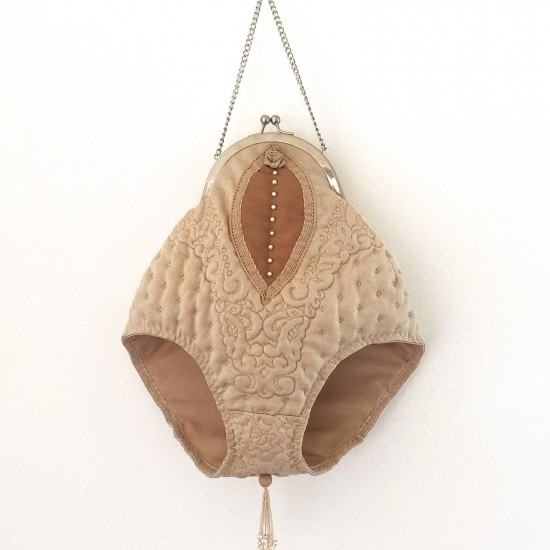
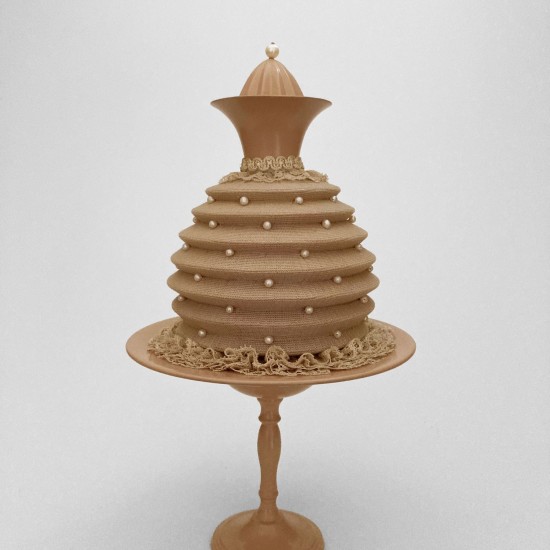
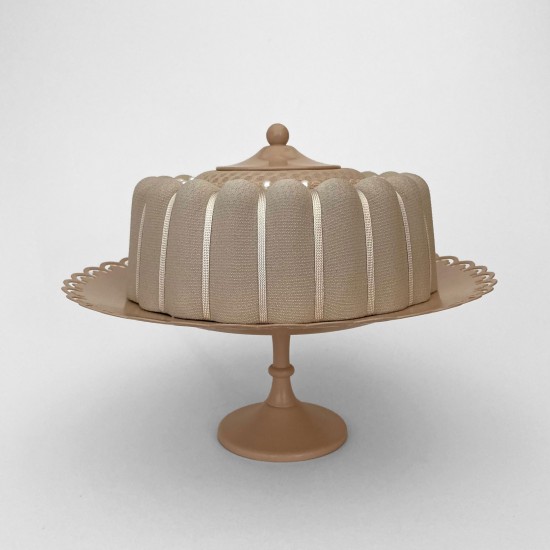

















































































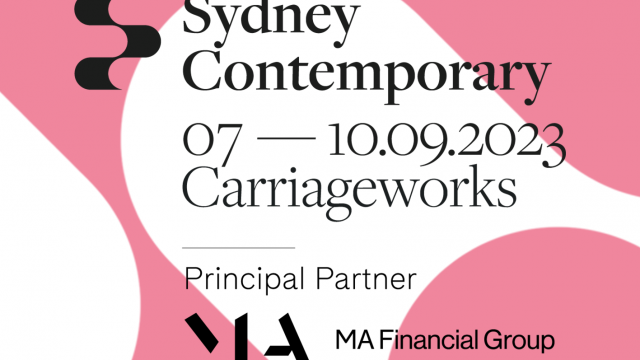
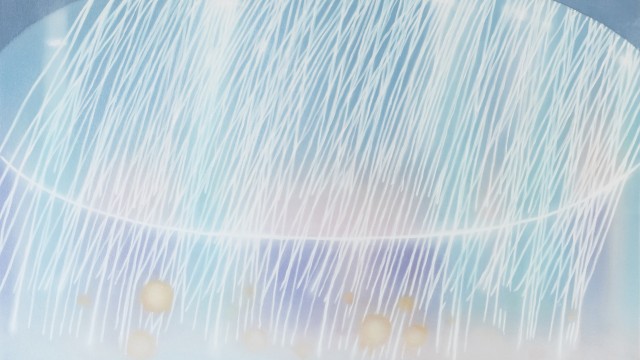

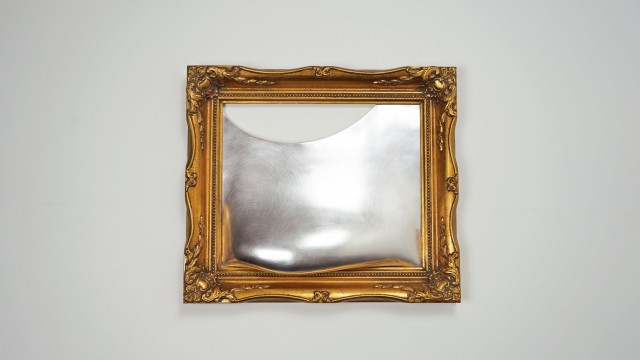
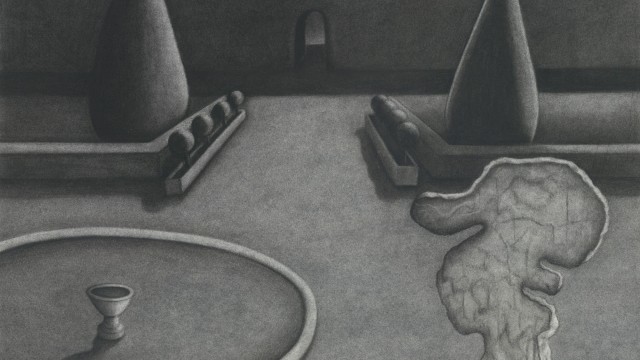

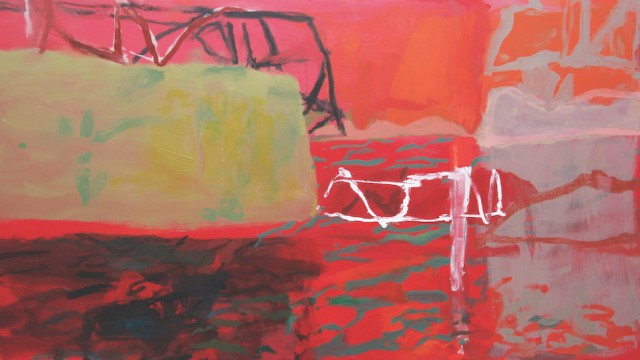
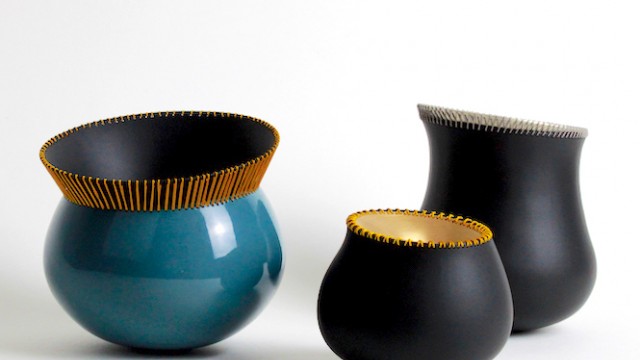
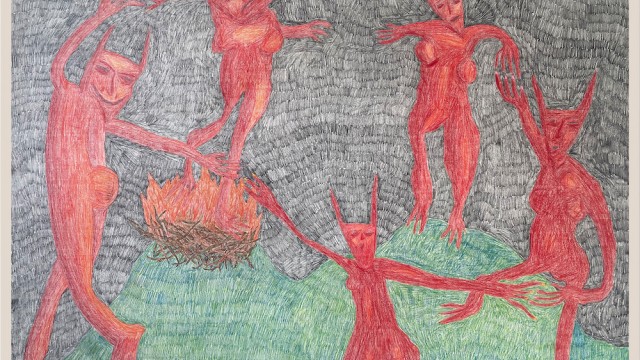
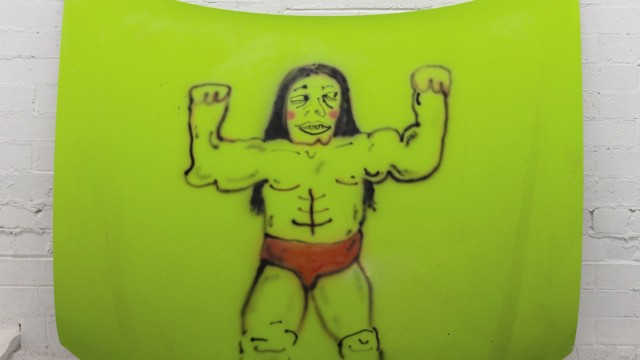
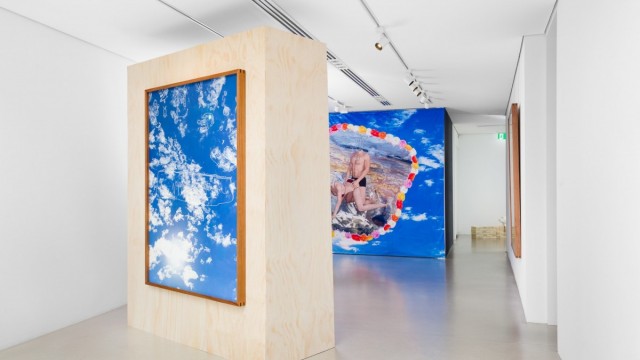
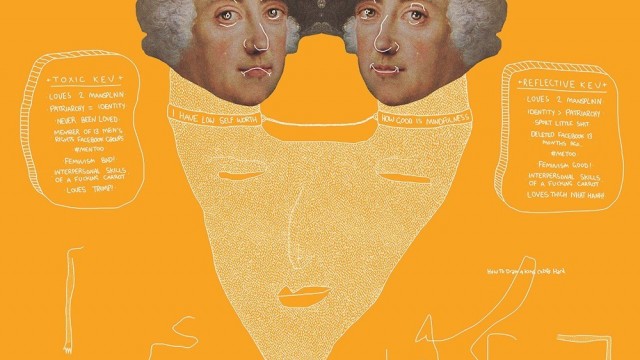
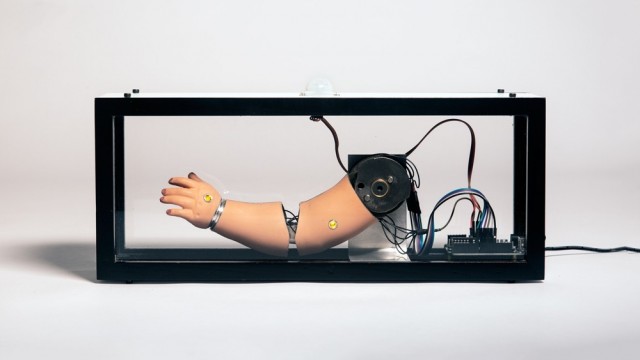
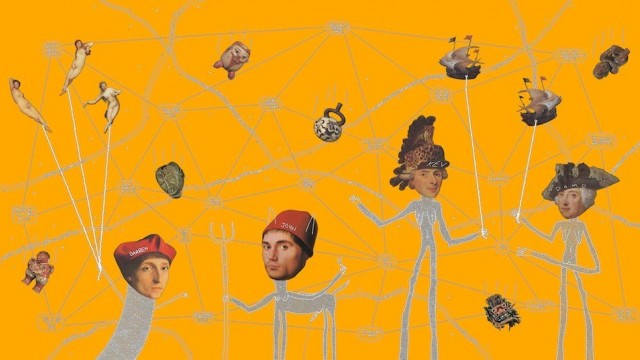
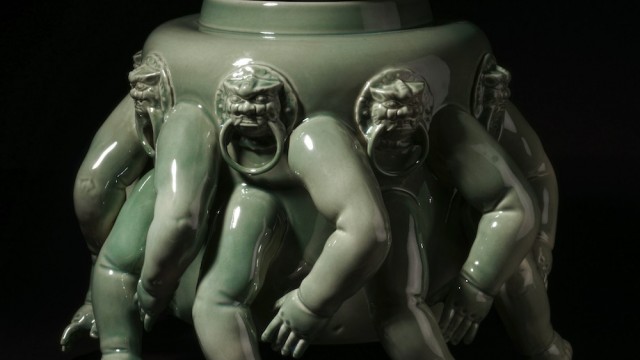

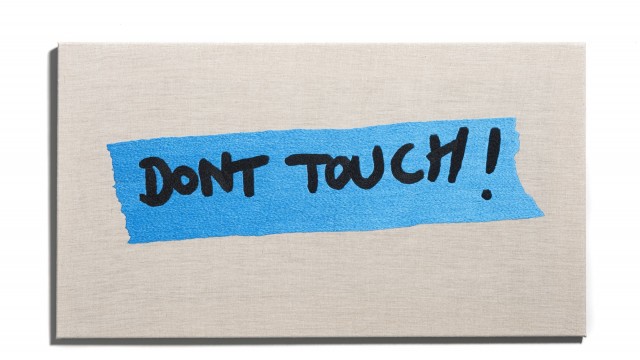
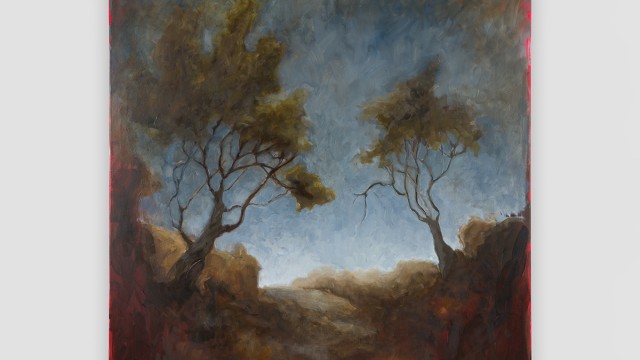
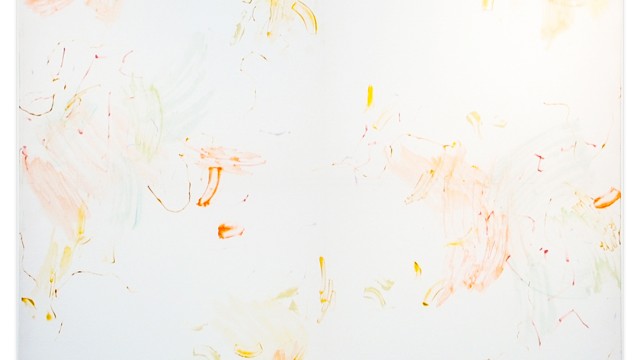
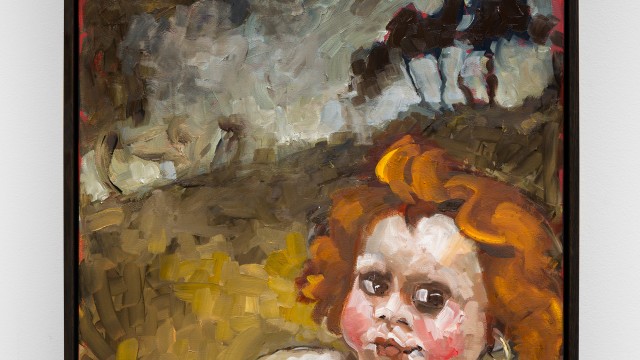
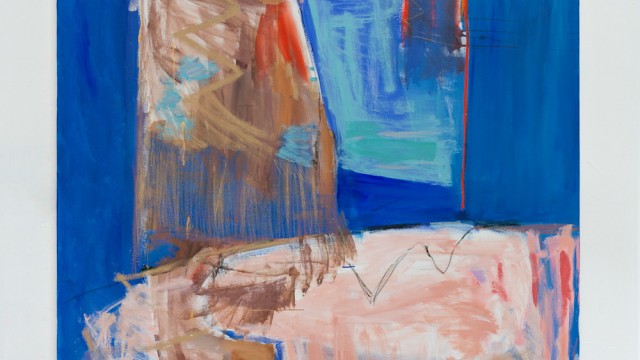
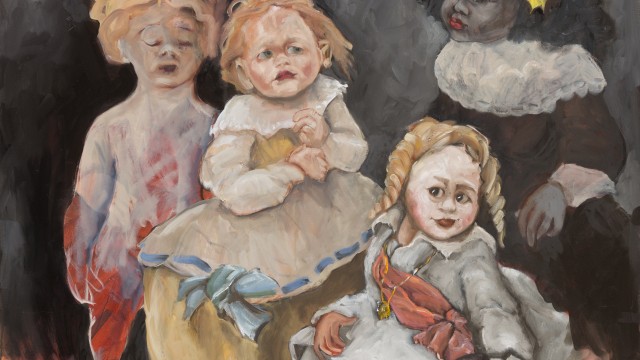

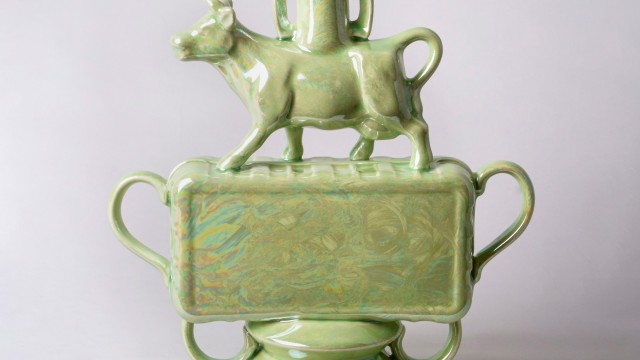
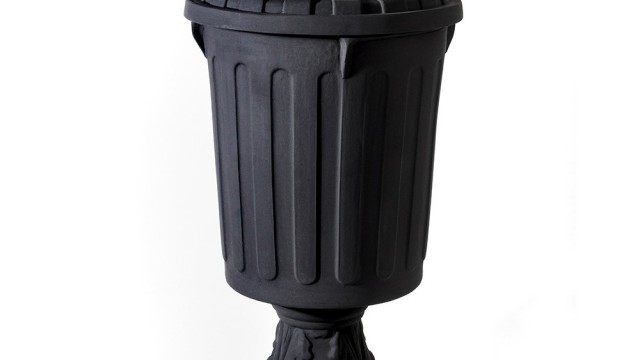
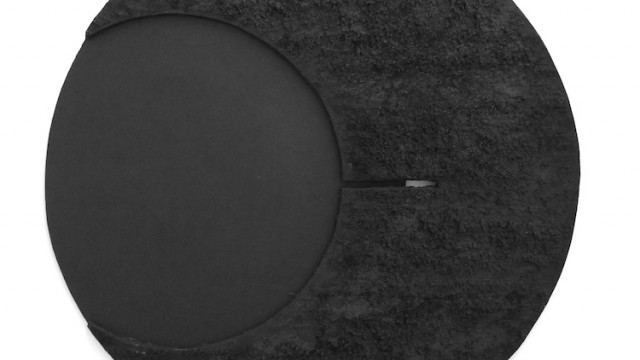
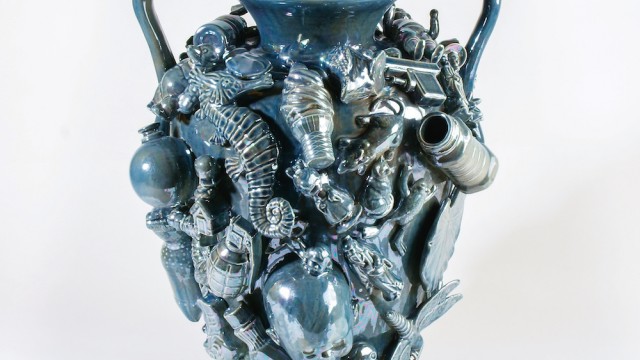
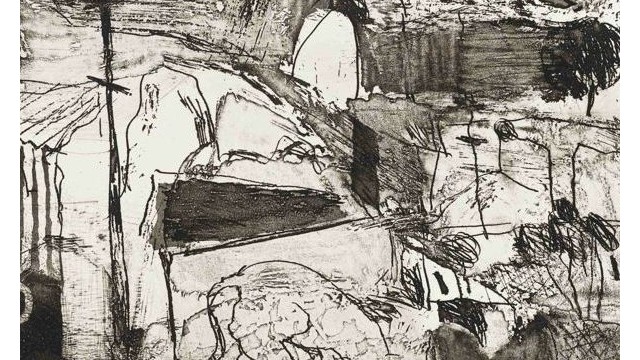
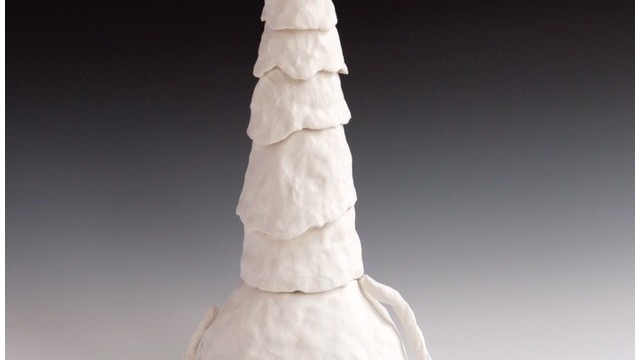
Group Exhibition
Sydney Contemporary 2024 | BOOTH J12
September 5-9, 2024